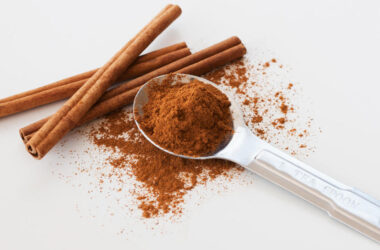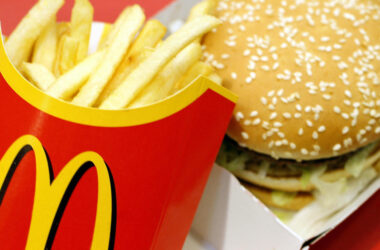A chemical used in rocket fuel and fireworks is also found in an array of food products, particularly those popular with babies and children, according to findings released Wednesday by Consumer Reports.
The tests by the advocacy group come decades after the chemical, called perchlorate, was first identified as a contaminant in food and water. The Environmental Working Group in 2003 found perchlorate in nearly 20% of supermarket lettuce tested.
Linked to potential brain damage in fetuses and newborns and thyroid troubles in adults, perchlorate was detected in measurable levels of 67% of 196 samples of 63 grocery and 10 fast-food products, the most recent tests by Consumer Reports found. The levels detected ranged from just over two parts per billion (ppb) to 79 ppb.
Foods often consumed by children had the highest levels of perchlorate, averaging 19.4 ppb, while fresh fruit and vegetables as well as fast food also contained elevated amounts.
In reviewing packaging types, foods in plastic containers had the highest levels, averaging nearly 55 ppb, followed by foods in plastic wrap and paperboard, Consumer Reports said.
Specific concerns for kids
The Environmental Protection Agency in 2005 set a reference dose for perchlorate of 0.7 micrograms per kilogram of bodyweight a day, while the European Food Safety Authority (EFSA) established a tolerable daily intake of half that amount. None of the foods tested by Consumer Reports contained levels surpassing either agency’s suggested daily limits.
That said, concerns remain, according to the Consumer Reports.
“[W]e all eat more than a few servings of food per day, and children — due to their lower body weight — may be particularly at risk,” CR stated in its findings. “For a child between one and two years old, a serving of the boxed mac and cheese we tested would hit nearly 50% of the EFSA limit, and servings of the baby rice cereal, baby multigrain cereal and organic yogurt we tested would each hit about a quarter of that limit.”
A serving (typically about three-quarters of a cup) of cucumbers, baby carrots and collard greens would each exceed 50% of the EFSA daily limit of perchlorate for kids between 1 and 2 years of age, making it fairly easy for young children to consume relatively high levels each day, CR said.
“Feeding your children a wide variety of healthy foods is the best way to make sure they get the nutrients they need and to minimize the potentially harmful effects of contaminants in food and water,” said James Rogers, CR’s director of product safety.
The nonprofit organization noted that its tests did not reveal why some foods had higher levels of perchlorate than others, but anti-static plastic could be part of the reason in some packaged goods. Separately, CR researchers stated that fresh produce could contain perchlorate if irrigated with contaminated water.
Most drinking water contamination comes from the manufacture, disposal and research of propellants, explosives and pyrotechnics, along with accidental releases from factories and rocket launch failures, according to the National Institutes of Health’s Agency for Toxic Substances and Disease Registry.



